
Recently, students have been raising concerns regarding the switch in the admissions policy from need-blind to need-sensitive admission. At an ASWC town hall meeting Oct. 24 and in comments since then, students have discussed the policy, especially in terms of its effect on the diversity and the makeup of campus.
“Diversity has become a more pressing concern of students over the last four years,” said ASWC President Matt Dittrich. “We’re becoming more and more aware of how imperative it is to have diversity of thought in a liberal arts education.”
The switch, implemented last year for the admission of the class of 2015 and continuing for this year’s prospective class, raises questions about a few of the most obvious forms of ethnic and socioeconomic diversity.
“Quite arguably, [the switch to need-sensitive admissions] added to a lessening of cultural diversity on campus,” said Dittrich.
Need-blind policies completely separate the question of an applicant’s admittance from the amount of financial aid they receive, while need-sensitive practices take financial need as a factor in the admissions process.
Director of Admission Kevin Dyerly says that the amount of financial aid awarded to the class of 2015 was not significantly lower than in previous years, and the Admissions Office is still thoroughly committed to diversity in many forms.
“I think we need to be careful about being too quick to say [the switch to need-sensitive admissions] has dramatically changed the makeup of the Whitman community, because it really hasn’t,” said Dyerly. “While we certainly were more aggressive in lowering the discount rate in this past year, part of it was because of the last two high entering classes.”
For the classes of 2013 and 2014, the discount rates were 38.3 percent and 39.5 percent, respectively.
“[The financial aid spending for the last two classes was] dramatically higher than where we had been before that,” said Dyerly. “A lot of that is due to the economy and certainly economic constraints on families and students, but more classes like that would not have been sustainable for the college. We still have finite resources, so it was primarily a financially driven decision.”
The discount rate for the class of 2015 was 31.4 percent, which means that 31.4 cents on every dollar were given back to students in the form of Whitman scholarships. This includes both need- and merit-based aid. The Admissions Office usually aims for a number around 33 percent.
“We needed to maybe even have a lower discount rate this year to be able to make up a budget for this year because of the higher spending of the two previous years. You have to go lower to balance it out,” Dyerly said.
With the lower discount rate for this year, students worry that the campus’s overall diversity will be significantly impacted.
“For a liberal arts education, as people are exposed to a variety of different disciplines, if the liberal arts education were attaining its highest ideals, it would expose students to diverse cultures,” said sophomore Alyssa Goard.
But Dyerly says this year’s decrease in tangible diversity is not necessarily as big a deal as it seems.
“You’re coming off a year where as far as ethnic minorities, the sophomores are the most diverse class in the history of the college,” said Dyerly. “This year’s [about] 18 percent. When you look at the enrollment this year versus enrollments over the last few years, is about the exact same.”
Dyerly also stressed that Whitman was one of the last of its “peer colleges” to make the switch to need-sensitive admissions.
“Realities kind of dictated that the fiscally responsible thing to do was to go to a need-sensitive approach, by which for about 10 percent of our applicants, financial need would be one of the many factors in the admissions process,” Dyerly said.
The peer colleges are the Panel of 14: a selected 14 schools including Pomona, Colorado College, Swarthmore and Carelton College: that the Whitman website calls “a combination of peer and aspirant institutions.”
Whitman’s ethnic diversity percentage for the class of 2015 is lower than those of selected schools from the Panel of 14, but it is comparable to most. Colorado College’s entering class identified 20 percent of entering students as American ethnic minorities, while Carleton had 23 percent and Swarthmore stated a 42.2 percent figure.
“If you’re only comparing it to last [year’s ethnic minority percentage], which was an all-time high, it seems like a much more dramatic decrease in students of color,” said Dyerly. “But if you look at our students of color enrollment over the last five years, our 17.8 [percent] is the lowest, but four out of the last five years we’ve been between 18 and 20 percent.”
Many have also pointed out that diversity means much more than ethnic and socioeconomic differences.
“For me and for ASWC, we also see enrichment of diversity at Whitman as being a concept that occurs once we’re here,” said Dittrich. “How do we promote different types of thoughts and how do we expose ourselves to different types of understanding and how do we develop different cultures and cultural awareness?”
Dittrich discussed how a liberal arts education: and an expensive one at Whitman: is at its core a forum for bringing diverse backgrounds, thoughts and ideas together.
“Whether we’re talking about extracurricular stuff or classroom stuff, the educational experience is essentially what you’re paying for,” said Dittrich. “You’re not paying to come to a place to meet people who are exactly like you; you’re coming to be exposed to completely different thoughts.”
Dyerly agreed that diversity is not only the numbers the Admissions Office publishes.
“Sometimes we get a little too focused in on just what’s a little more tangible, and that’s not to discount some of the strides that Whitman has made in terms of ethnic and socioeconomic diversity: that’s important to us,” said Dyerly. “But having read through thousands of applications, all diversity is not lost in this class, and certainly not as you look at the entire student body. It’s almost arguably every bit as diverse as the community was a year ago, and we hope to continue to keep it that way, if not improve.”

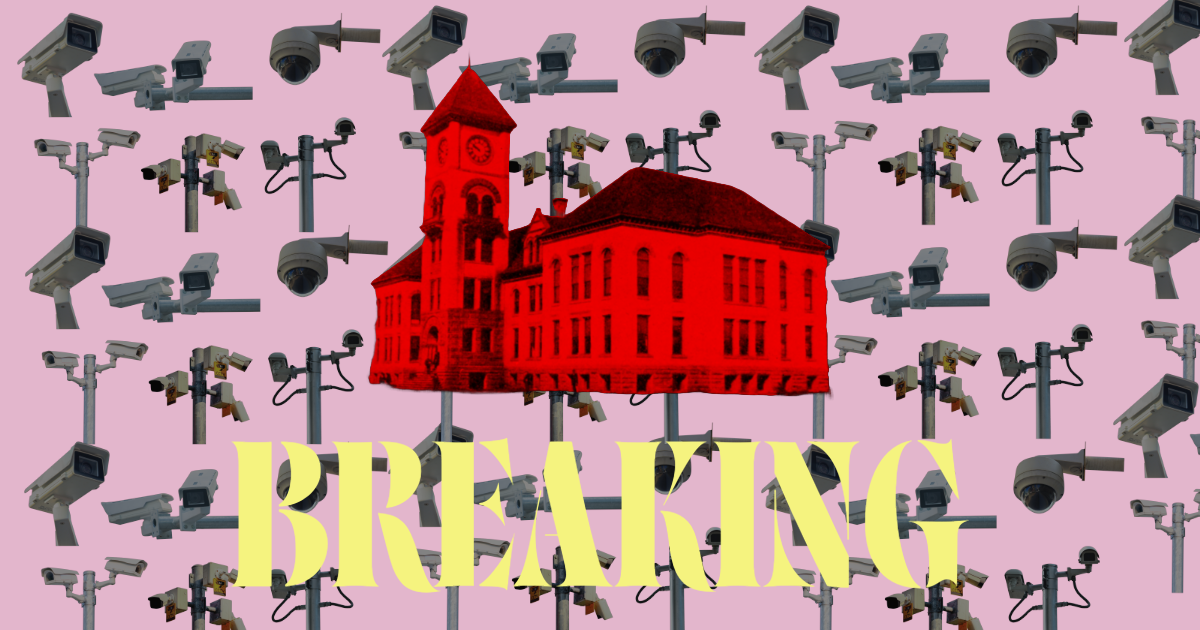
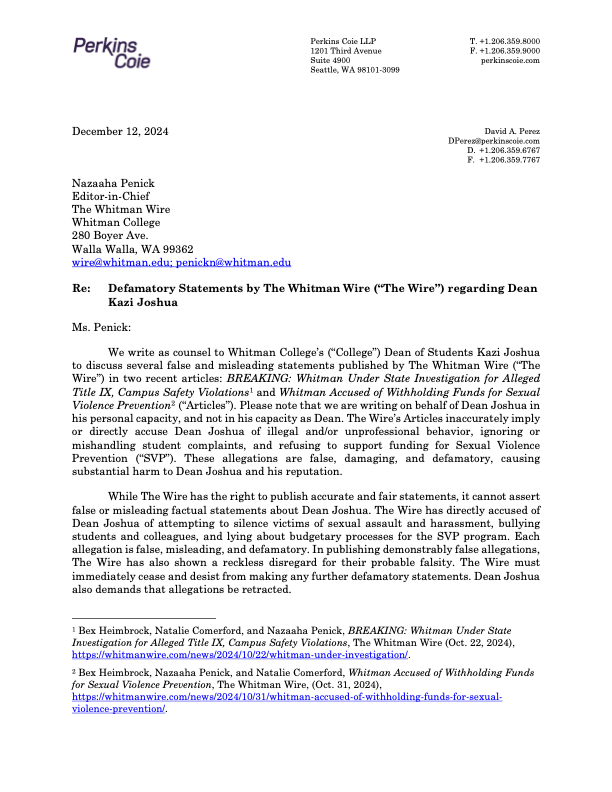

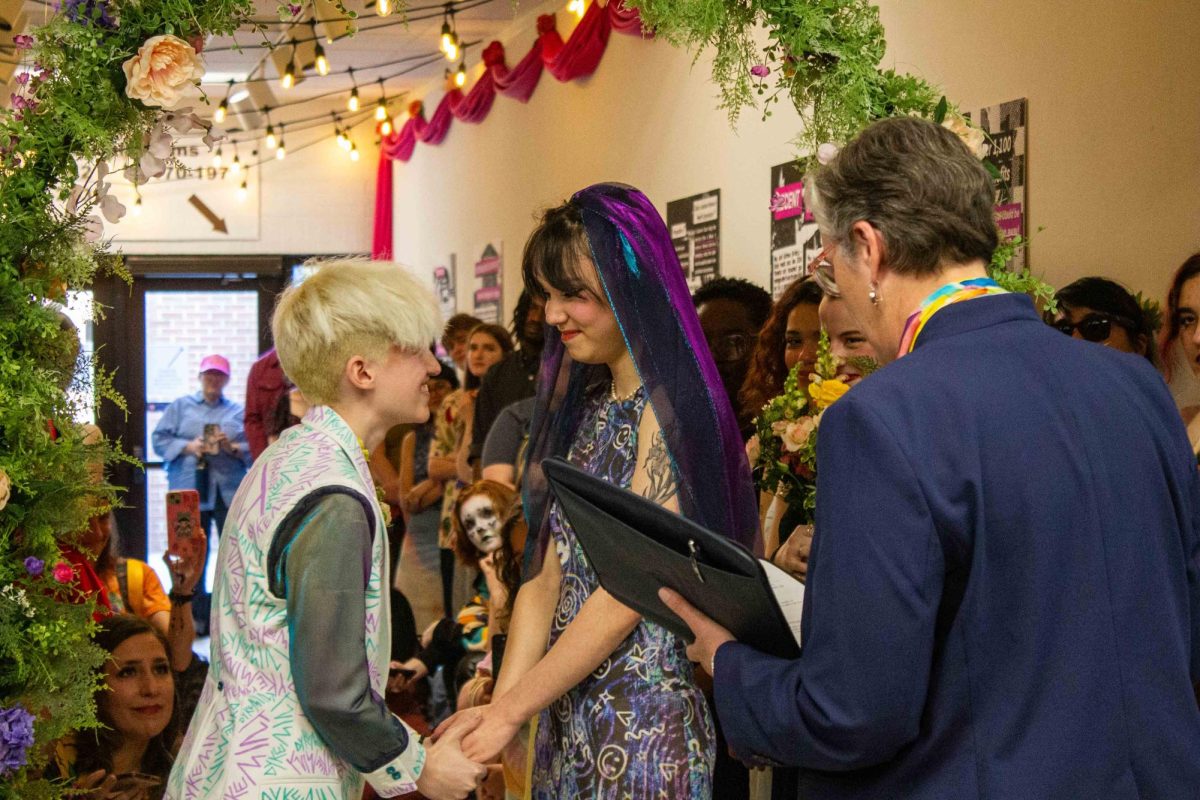
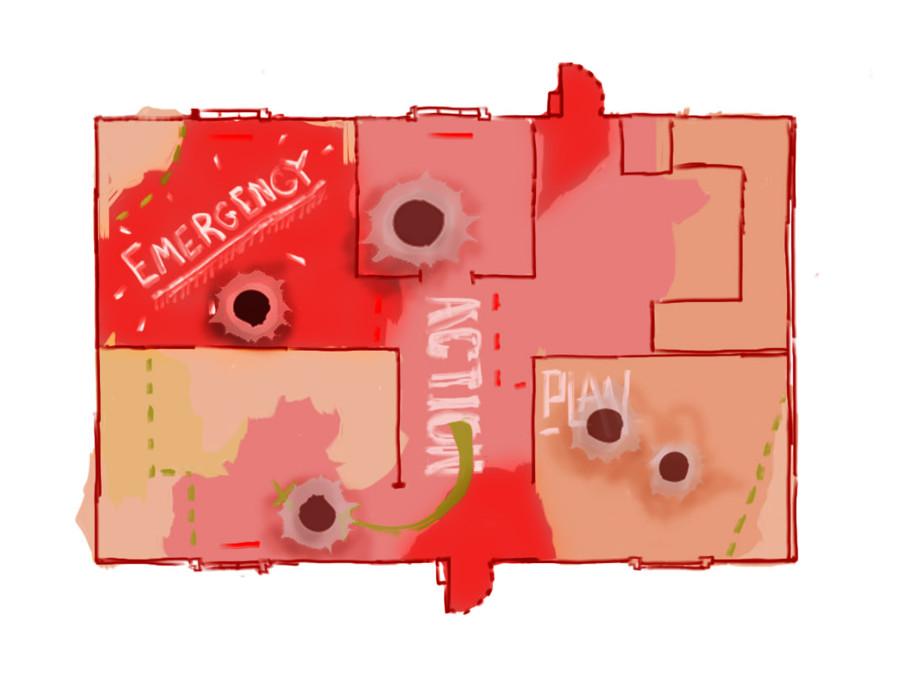
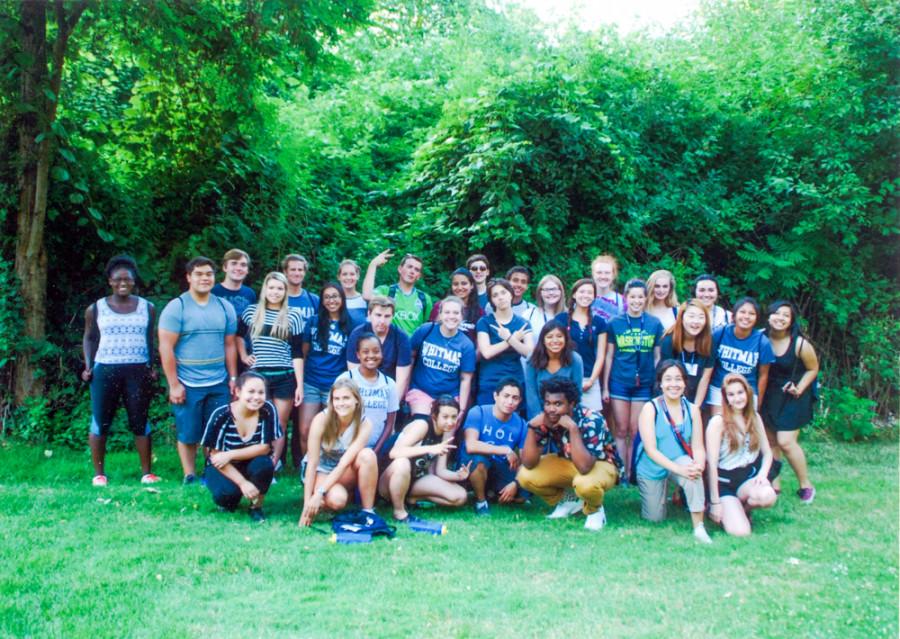
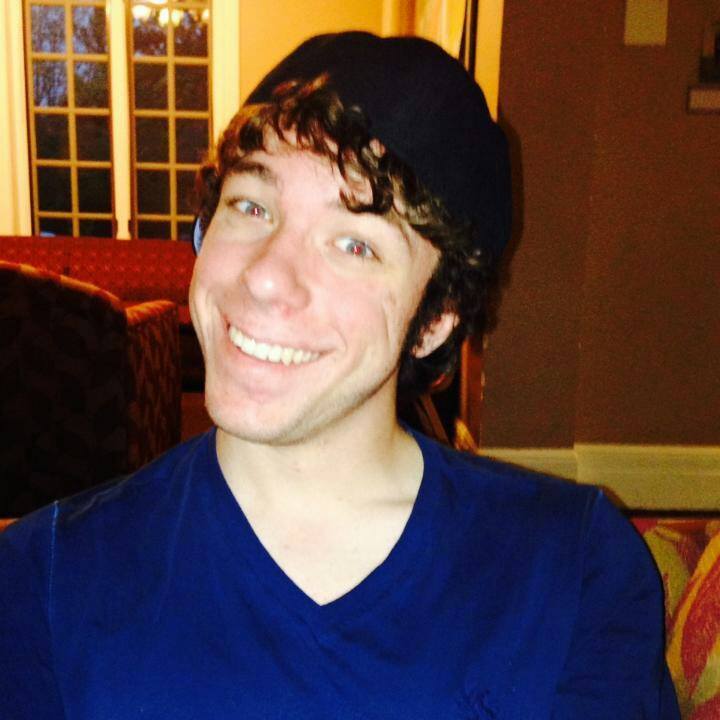

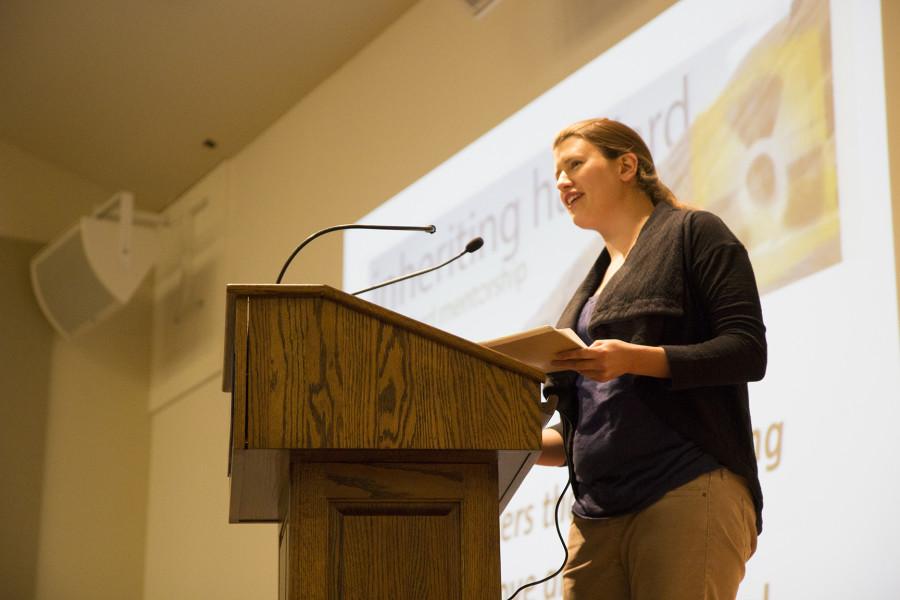
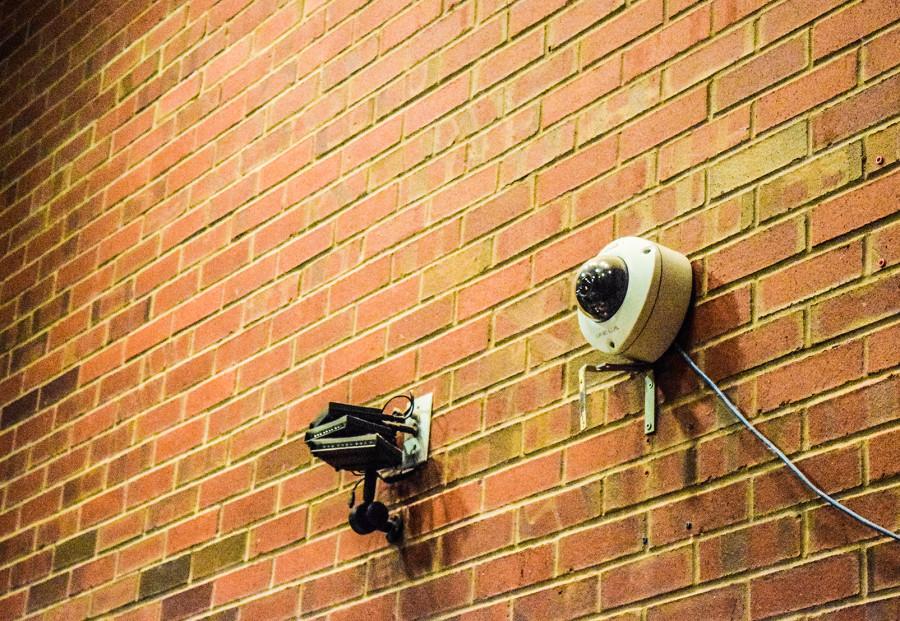
Robyn • Jan 29, 2012 at 2:36 pm
“’You’re coming off a year where as far as ethnic minorities, the sophomores are the most diverse class in the history of the college,’ said Dyerly. ‘This year’s [about] 18 percent.'”
Diversity facepalm.